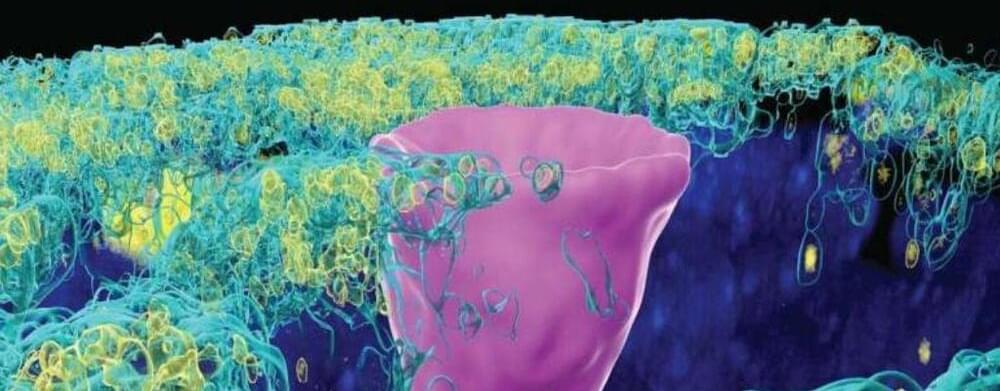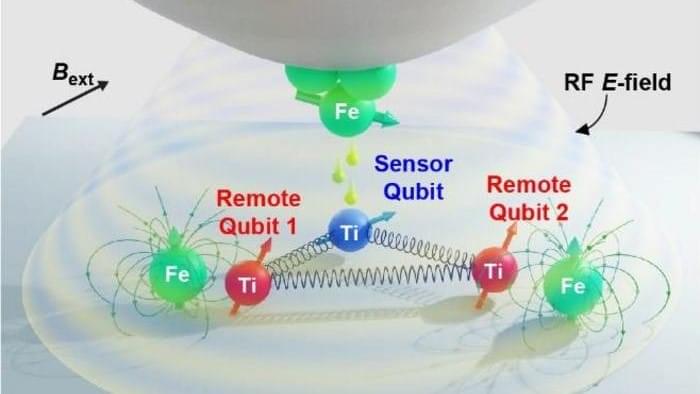We know that migraines, which are recurrent and sometimes debilitating headaches, have some genetic basis, but the link with our DNA isn’t entirely clear. Newly identified genetic variants could help in developing treatments.
By Chen Ly

We know that migraines, which are recurrent and sometimes debilitating headaches, have some genetic basis, but the link with our DNA isn’t entirely clear. Newly identified genetic variants could help in developing treatments.
By Chen Ly


A type of cell once only thought to exist in the gills of freshwater fish and the skin of frogs, but recently found in humans lungs, has given scientists new insight into the underlying cause of cystic fibrosis (CF).
CF is a progressive, genetic disease that impacts the lungs and other organs, sometimes causing severe symptoms that can be life-threatening.
The disease is marked by the absence or mutation of a protein in the lungs called the cystic fibrosis transmembrane conductance regulator (CFTR).



In order to comprehend how explosive stellar deaths create the foundation for new star systems, a new sounding rocket mission is being launched into space by NASA. The mission is called the Integral Field Ultraviolet Spectroscopic Experiment, or INFUSE, and it is set to launch from the White Sands Missile Range in New Mexico on Oct. 29, 2023, and head for space to get a closer look at a stellar phenomenon called the Cygnus Loop.
An integral field spectrograph, INFUSE is the first of its kind instrument to be sent into orbit and combines the advantages of spectroscopy and imaging, two approaches to investigating light. It will be researching the Cygnus Loop which is located close to the well-known constellation Cygnus.

Building upon the foundational paradigms outlined in The Syntellect Hypothesis: Five Paradigms of the Mind’s Evolution (2020), my latest work titled The Cybernetic Theory of Mind (2022), a Kindle eBook series published last year, serves as an extension and refinement, operating at the intersection of information physics, quantum cosmology, and simulation metaphysics. The objective is not merely to inform but to elucidate through an “explanatory” theory of everything, providing an integrative framework for a deeper understanding of reality.
#CyberneticTheory #InformationPhysics #QuantumCosmology #SimulationMetaphysics #cybernetics #QuantumGravity #SyntellectHypothesis #CyberneticTheoryofMind #TheoryofEverything #consciousness #TechnologicalSingularity #DigitalPhysics #QuantumMechanics #PhilosophyofMind #posthumanism #UniversalMind #CyberneticImmortality
The Cybernetic Theory of Mind is an explanatory TOE at the intersection of information physics, quantum cosmology and simulation metaphysics.

A quantum computing platform that is capable of the simultaneous operation of multiple spin-based quantum bits (qubits) has been created by researchers in South Korea. Designed by Yujeong Bae, Soo-hyon Phark, Andreas Heinrich and colleagues at the Institute for Basic Science in Seoul, the system is assembled atom-by-atom using a scanning tunnelling microscope (STM).
\r \r.
While quantum computers of the future should be able to outperform conventional computers at certain tasks, today’s nascent quantum processors are still too small and noisy to do practical calculations. Much more must be done to create viable qubit platforms that can retain information for long enough for quantum computers to be viable.

Oct 27 (Reuters) — Alphabet’s (GOOGL.O) Google has agreed to invest up to $2 billion in the artificial intelligence company Anthropic, a spokesperson for the startup said on Friday.
The company has invested $500 million upfront into the OpenAI rival and agreed to add $1.5 billion more over time, the spokesperson said.
Google is already an investor in Anthropic, and the fresh investment would underscore a ramp-up in its efforts to better compete with Microsoft (MSFT.O), a major backer of ChatGPT creator OpenAI, as Big Tech companies race to infuse AI into their applications.

Now, in three papers that together exceed 150 pages, Guàrdia and two collaborators have proved for the first time that instability inevitably arises in a model of planets orbiting a sun.
“The result is really very spectacular,” said Gabriella Pinzari, a mathematical physicist at the University of Padua in Italy. “The authors proved a theorem that is one of the most beautiful theorems that one could prove.” It could also help explain why our solar system looks the way it does.